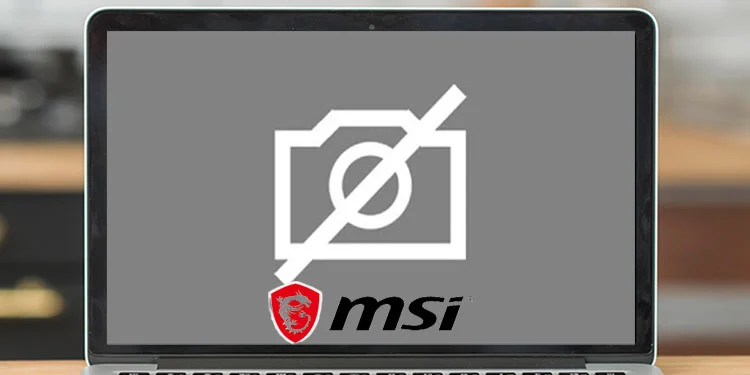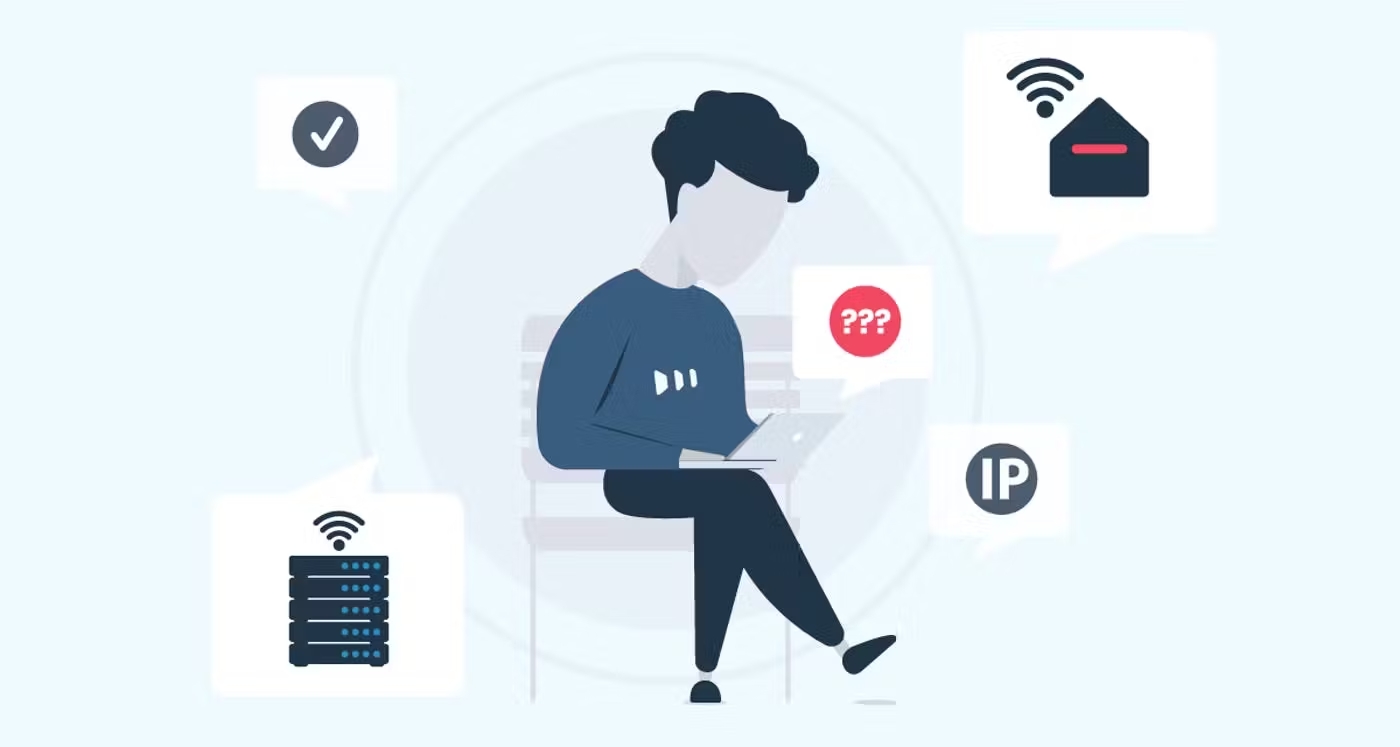In today’s competitive business landscape, creating a personalized experience for your clients is essential for building strong, long-lasting relationships. Personalization not only fosters customer loyalty but also boosts sales and brand reputation. Fortunately, there are numerous strategies and tools available to help you achieve this goal. In this article, we’ll explore various techniques to create a personalized experience for your clients, beginning with an innovative approach that leverages phone verification API software.
Leveraging Technology for Personalization
Utilizing Phone Verification API Software
In the digital age, trust and security are paramount, especially when it comes to online interactions. Incorporating phone verification API software into your client engagement strategy is an excellent way to establish trust while personalizing the experience.
Phone verification API software allows you to verify the identity of your clients by confirming their phone numbers. This not only enhances security but also enables you to gather valuable data for personalization. Here’s how you can leverage this technology:
Identity Verification: When clients sign up for your services or make a purchase, use phone verification API software to confirm their identity. This step helps in eliminating fraudulent accounts and ensures that you are interacting with genuine customers.
Personalized Messaging: Once you’ve verified their phone numbers, you can use this information to send personalized messages. For example, you can send birthday greetings, special offers, or product recommendations via SMS. Clients will appreciate these thoughtful gestures, making them feel valued.
Tailored Notifications: Customize notifications and alerts based on client preferences and behaviour. If a client frequently shops for a specific product category, you can send them real-time updates and promotions related to that category. This not only increases the likelihood of a purchase but also demonstrates your attentiveness to their needs.
Enhanced Security: Phone verification adds an extra layer of security to your platform. Clients will appreciate the efforts you take to protect their information, which can further strengthen their trust in your brand.
Segment Your Client Base
To create a personalized experience, it’s crucial to understand that not all clients are the same. They have different needs, preferences, and expectations. Segmenting your client base is a fundamental step in personalization.
Demographic Segmentation: Divide your clients based on demographics such as age, gender, location, and income. This allows you to tailor your marketing messages and offers to specific groups. For example, you can promote winter clothing to clients in colder regions and beachwear to those in sunny areas.
Behavioural Segmentation: Analyze client behaviour on your platform. What products do they view, add to their carts, or purchase? Understanding their behaviour enables you to suggest relevant products, send reminders about abandoned carts, and offer personalized recommendations.
Preferences and Interests: Collect data on client preferences and interests. This information can help you curate content, product recommendations, and marketing campaigns that resonate with each client individually. For instance, if a client is an avid reader, you can recommend books or literature-related products.
Purchase History: Study your clients’ purchase history to identify patterns and trends. This allows you to make informed suggestions and offers. If a client frequently buys office supplies, you can inform them about upcoming sales or new arrivals in that category.
Implement a Robust CRM System
A Customer Relationship Management (CRM) system is an invaluable tool for personalization. It helps you gather, store, and analyze client data, enabling you to build meaningful relationships. Here’s how you can leverage a CRM system for personalization:
Client Profiles: Create detailed client profiles within your CRM, including their contact information, purchase history, preferences, and interactions with your brand. Having a comprehensive view of each client allows you to provide tailored experiences.
Automation: Use automation within your CRM to send personalized messages, emails, and notifications at scale. For example, you can set up automated birthday emails with special offers or follow-up emails after a purchase with related product recommendations.
Data Analytics: Regularly analyze the data in your CRM to gain insights into client behaviour and preferences. Identify trends and opportunities to refine your personalization strategies continually.
Feedback Loop: Encourage clients to provide feedback and reviews. Use this information to improve your products and services while showing clients that their opinions matter.
Omnichannel Personalization
In today’s multi-channel world, clients interact with your brand through various touchpoints—your website, social media, email, and physical stores. To create a seamless personalized experience, you must integrate personalization efforts across all channels.
Consistent Messaging: Ensure that your messaging and branding are consistent across all channels. Clients should experience the same level of personalization whether they visit your website, engage with your social media, or receive an email from your company.
Cross-Channel Data Integration: Share client data and insights across channels. For example, if a client adds an item to their online cart but doesn’t make a purchase, you can send them an email reminder about the abandoned cart. This cross-channel coordination enhances the client experience.
Personalized Content: Tailor content for each channel. Social media posts, emails, and website content should all align with the client’s interests and preferences. This creates a more engaging and personalized experience.
Conclusion
In today’s competitive business landscape, personalization is no longer an option but a necessity. By leveraging technology, segmenting your client base, implementing a robust CRM system, and adopting an omnichannel approach, you can create a personalized experience that not only fosters client loyalty but also drives growth and success for your business. Remember, personalization is an ongoing process that requires continuous monitoring and adaptation to meet the evolving needs and expectations of your clients. Start implementing these strategies today, and watch your client relationships thrive.




